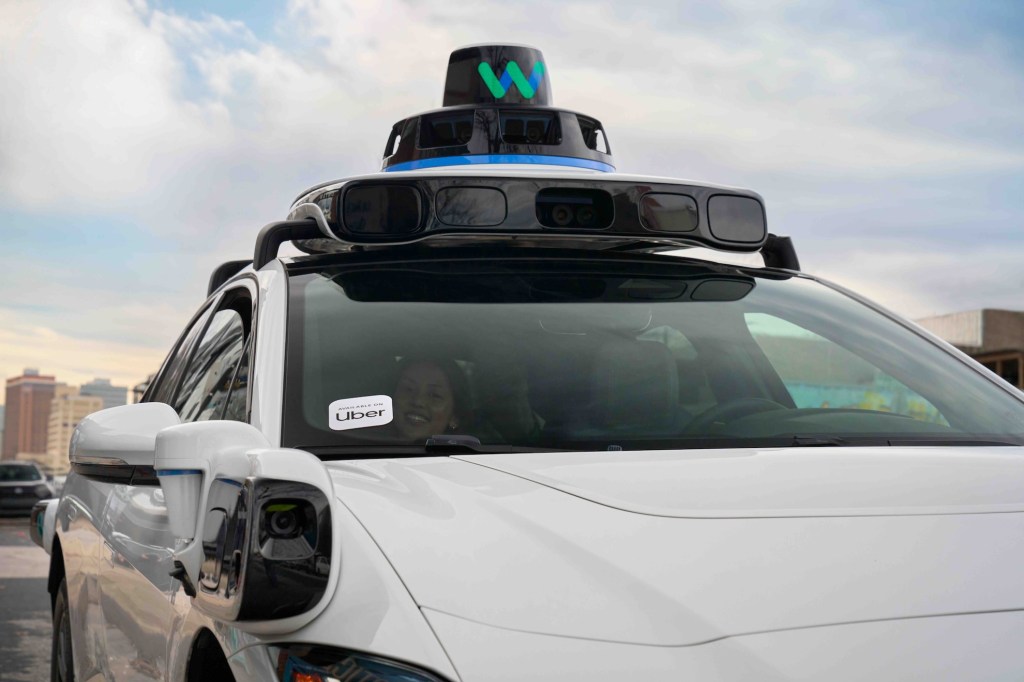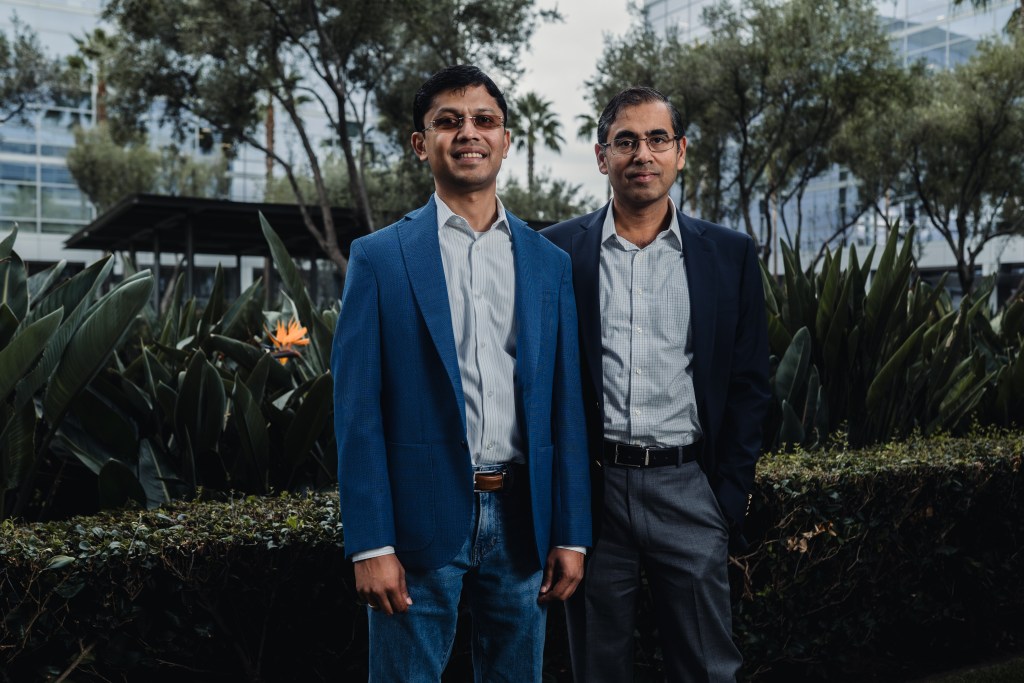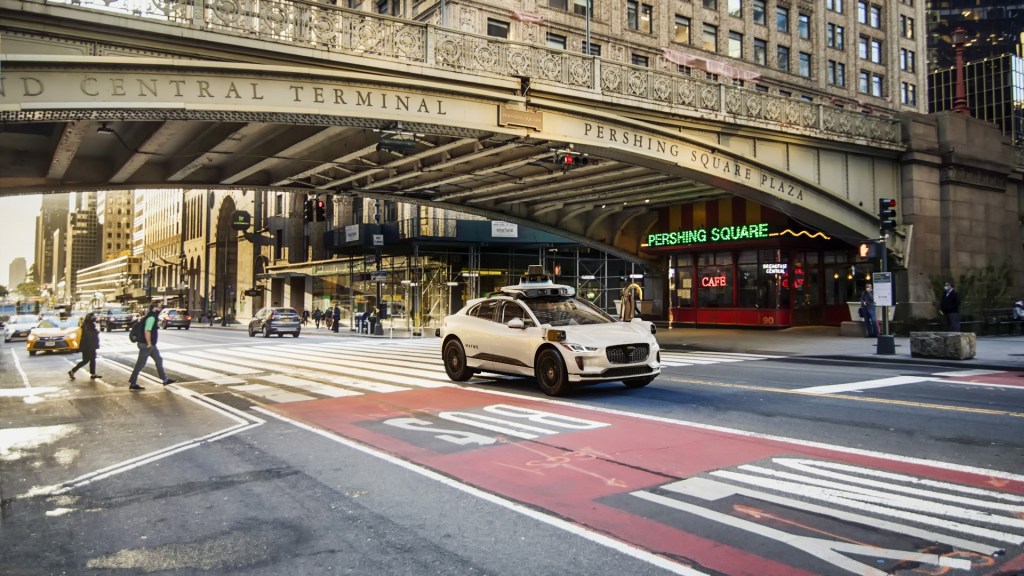In a significant advancement for urban transportation, Waymo and Uber have announced plans to introduce a driverless ride-hailing service in Atlanta during the summer of 2025. This collaboration aims to provide residents with access to autonomous vehicles through the Uber app, marking a pivotal moment in the integration of self-driving technology into everyday commuting.
Background and Partnership Evolution
The relationship between Waymo, a subsidiary of Alphabet Inc., and Uber has undergone a remarkable transformation over the past decade. Initially embroiled in legal disputes over intellectual property, the two companies have since reconciled and are now collaborating to bring autonomous ride-hailing services to multiple cities. Their partnership began in Phoenix, Arizona, where they successfully launched a robotaxi service, and has since expanded to include Austin, Texas, and now Atlanta.
Service Details and User Engagement
Atlanta residents interested in experiencing this innovative service can join an interest list via the Uber app. By updating the app and navigating to Account > Settings > Ride Preferences > Autonomous Vehicles, users can opt into the list, thereby increasing their chances of being matched with a Waymo robotaxi once the service becomes operational. Early registrants may also receive exclusive updates and potential early access to rides before the official public launch.
Operational Scope and Future Expansion
The initial rollout in Atlanta will cover a 65-square-mile area encompassing key neighborhoods such as Downtown, Buckhead, and Capitol View. Notably, the service will not include airport rides at launch. However, both companies have expressed intentions to expand the service area in the future, potentially incorporating additional neighborhoods and destinations based on user demand and operational feasibility.
Division of Responsibilities
Under this partnership, Uber and Waymo have delineated specific operational roles to ensure seamless service delivery. Uber will manage the fleet’s maintenance, including cleaning, repairs, and general depot operations. Additionally, Uber will handle the integration of Waymo’s autonomous vehicles into its app, facilitating user access and ride requests. Waymo, on the other hand, will oversee the autonomous technology itself, ensuring the vehicles operate safely and efficiently. This includes monitoring the Waymo Driver system, providing roadside assistance when necessary, and managing customer service related to the autonomous rides.
Technological and Safety Considerations
Waymo’s fleet consists of electric, fully driverless Jaguar I-PACE vehicles equipped with advanced sensors and software designed to navigate complex urban environments. The company has accumulated extensive experience in autonomous operations, having provided over 4 million driverless rides and currently offering approximately 200,000 paid trips per week across various cities. This track record positions Waymo as a leader in the autonomous vehicle industry, with a strong emphasis on safety and reliability.
Implications for Urban Mobility
The introduction of autonomous ride-hailing services in Atlanta represents a significant shift in urban transportation dynamics. By offering a quiet, convenient, and potentially more efficient mode of travel, Waymo and Uber aim to enhance the commuting experience for residents. Moreover, the deployment of electric autonomous vehicles aligns with broader environmental goals by reducing carbon emissions associated with traditional gasoline-powered cars.
Regulatory and Community Engagement
As with any new technology, the rollout of autonomous vehicles requires careful coordination with local authorities and communities. Waymo and Uber have been proactive in engaging with city officials to ensure compliance with existing regulations and to address any public concerns. This collaborative approach is essential for building trust and facilitating the smooth integration of driverless cars into Atlanta’s transportation ecosystem.
Economic and Employment Considerations
While the advent of autonomous ride-hailing services offers numerous benefits, it also raises questions about the impact on employment within the traditional ride-hailing industry. Drivers who rely on platforms like Uber for income may face challenges as autonomous vehicles become more prevalent. Both companies have acknowledged these concerns and are exploring ways to support affected workers, including potential retraining programs and alternative employment opportunities within the evolving transportation sector.
Future Prospects and Industry Trends
The partnership between Waymo and Uber in Atlanta is part of a broader trend toward the adoption of autonomous vehicles in urban settings. Other companies, including General Motors’ Cruise and Amazon’s Zoox, are also investing heavily in this space, indicating a competitive race to define the future of transportation. As technology continues to advance and regulatory frameworks evolve, it is likely that autonomous ride-hailing services will become increasingly common in cities worldwide.
Conclusion
The forthcoming launch of Waymo and Uber’s autonomous ride-hailing service in Atlanta signifies a major milestone in the journey toward integrating self-driving technology into everyday life. By combining Waymo’s expertise in autonomous vehicle technology with Uber’s extensive ride-hailing network, this partnership has the potential to transform urban mobility, offering residents a new, innovative, and efficient mode of transportation. As the summer rollout approaches, Atlanta stands on the cusp of a transportation revolution that could serve as a model for other cities seeking to embrace the future of autonomous travel.



